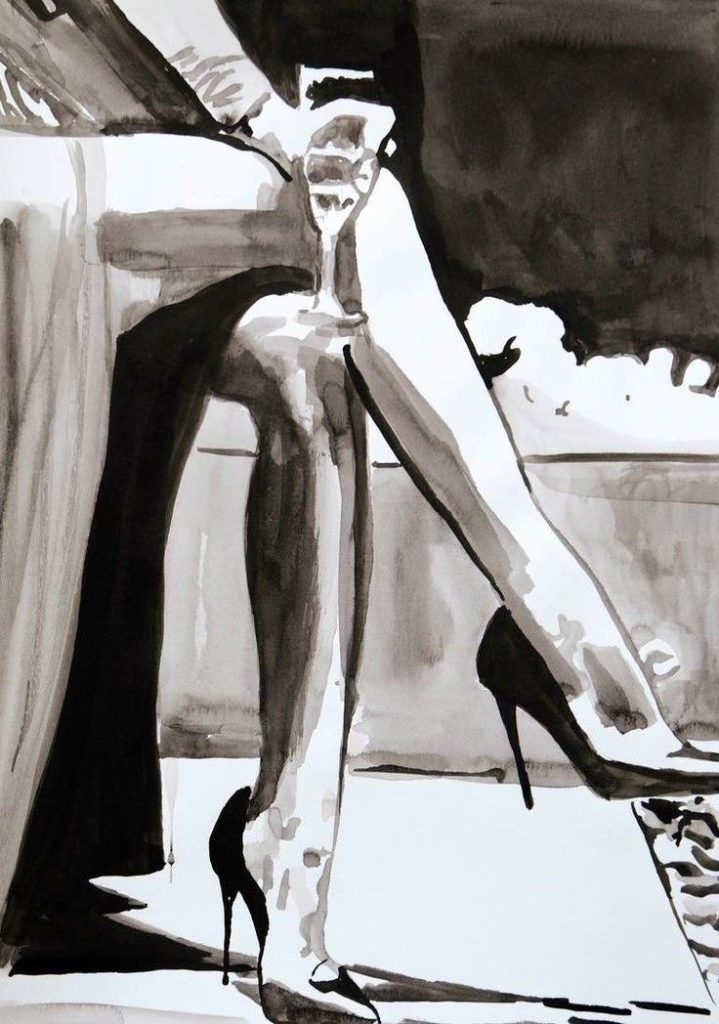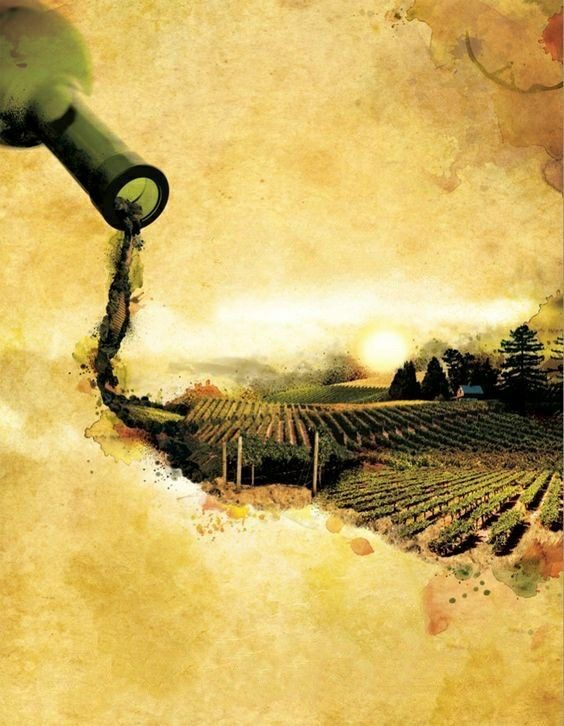Wine is much more than just a drink — it’s an experience that can engage all your senses. Learning the art of wine tasting and mastering the basics of wine and food pairing will elevate your enjoyment and deepen your appreciation for every bottle.

The Basics of Wine Tasting
Wine tasting is about exploring the flavors, aromas, and textures of wine in a mindful way. Here’s a simple guide to get started:
- Look
Observe the color and clarity of the wine. White wines range from pale straw to deep gold, while reds vary from light ruby to dark garnet. The intensity of color can hint at the grape variety, age, and body of the wine. - Swirl
Gently swirl the wine in your glass to release its aromas. This aerates the wine and helps volatilize the aromatic compounds. - Smell
Take a deep sniff. Wines offer a complex bouquet — from fruity, floral, and herbal to earthy, spicy, or even smoky notes. Identifying aromas is like discovering the wine’s personality. - Sip
Take a small sip and let the wine spread across your palate. Notice the balance between sweetness, acidity, bitterness, and tannins (the compounds that create a dry, puckering sensation). - Savor
Pay attention to the finish — how long the flavors linger after swallowing. A long, pleasant finish usually indicates a quality wine.




Tips for Better Wine Tasting:
- Use a clear glass to better appreciate the wine’s color.
- Avoid wearing strong perfumes or eating strongly flavored foods beforehand — they can interfere with your senses.
- Try to taste wines side-by-side for easier comparison.
Wine and Food Pairing Principles
Pairing wine with food isn’t about rigid rules but about creating harmony between flavors. Here are some key guidelines:
- Match intensity: Light wines go well with lighter dishes; robust wines pair better with rich, hearty meals.
- Balance acidity: Acidic wines (like Sauvignon Blanc) complement equally acidic foods (like tomato-based dishes) or fatty foods by cutting through richness.
- Consider sweetness: Sweet wines pair well with spicy or salty dishes (think Riesling with Thai food).
- Think about tannins: Tannic reds (like Cabernet Sauvignon) go well with fatty or protein-rich foods, such as steak, as the fat softens tannins.
- Don’t forget the sauce: Often the sauce defines the pairing more than the main ingredient.

Classic Pairing Examples
- Chardonnay with buttery lobster or roasted chicken
- Pinot Noir with grilled salmon or mushroom dishes
- Cabernet Sauvignon with steak or aged cheeses
- Sauvignon Blanc with goat cheese or fresh salads
- Riesling with spicy Asian cuisine or pork

Experiment and Enjoy
Wine pairing is personal and adventurous. Don’t hesitate to try unexpected matches. Sometimes the best pairings come from experimenting and trusting your taste buds.
In Summary
Mastering wine tasting and pairing adds new layers to your wine journey. From the moment you observe the wine’s color to the lingering finish after a perfect bite, each step enriches your experience. Whether you’re sharing a casual meal or celebrating a special occasion, understanding wine’s complexities helps you savor every drop.
So, next time you open a bottle, take a moment to taste mindfully and consider what dishes could best complement its character. Cheers to delicious discoveries!
